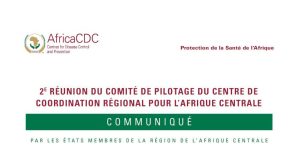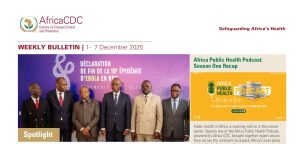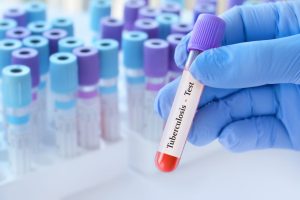The Mpox Reporting Protocol for African Union (AU) member states addresses a critical public health issue: the need for standardised and effective surveillance to counter the resurgence and rapid spread of mpox across Africa.
Mpox, caused by the monkeypox virus (MPXV), has shifted from sporadic cases in endemic regions to widespread outbreaks affecting multiple countries, including those previously unaffected. This alarming trend, driven by cross-border movement and human-to-human transmission, underscores the urgency of improving detection, reporting and response mechanisms.
Since 2022, Africa has experienced a sharp rise in mpox cases across 20 countries by November 2024. Outbreaks in non-endemic nations such as Burundi, Kenya and Rwanda have exposed vulnerabilities in existing surveillance systems.
Compounding the challenge is the emergence of Clade Ib, a new MPXV strain driving transmission through sexual contact among high-risk populations. In response, Africa CDC declared mpox a Public Health Emergency of Continental Security in August 2024, highlighting the need for immediate and coordinated action.
To address these challenges, Africa CDC introduced a comprehensive protocol aimed at standardising surveillance and improving case detection. The protocol prioritises early detection and accurate reporting to provide real-time situational awareness and inform public health strategies. By harmonising data collection and leveraging genomic sequencing, it seeks to track viral evolution, identify at-risk populations, and enhance outbreak response.
The surveillance strategy operates on multiple levels. Health facilities use standardised case definitions to ensure accurate reporting. Communities adopt simplified definitions and event-based surveillance (EBS) systems to identify unusual health events and clusters. Points of entry, such as airports and border crossings, implement traveller screening and cross-border coordination to limit international transmission.
Central to the protocol’s success is the timely collection and reporting of data, which requires member states to share comprehensive information on cases, including demographic details, symptoms, and genomic sequencing outcomes. Reporting timelines are structured according to endemicity: non-endemic countries must report probable and confirmed cases within 24 hours, while endemic nations provide updates weekly. This systematic approach ensures a consistent flow of information to Africa CDC and WHO, facilitating effective resource mobilisation and real-time monitoring.
Moreover, harmonising data collection across member states fosters collaboration and strengthens regional public health initiatives. This integration allows for improved tracking of disease patterns, identification of at-risk populations, and evaluation of intervention effectiveness.
By ensuring that all member states adhere to standardised reporting protocols, the initiative enhances the overall capacity to respond to outbreaks swiftly and effectively. Ultimately, this comprehensive strategy not only bolsters outbreak response efforts but also contributes to building resilient health systems capable of addressing both current and future public health challenges across the continent.
Laboratory diagnosis is critical for confirming mpox cases and understanding the virus’s behaviour. The protocol recommends collecting lesion samples for testing, with nucleic acid amplification testing (NAAT) identified as the primary diagnostic tool. This method is crucial for accurately detecting the presence of the MPXV virus in patient samples. Additionally, genomic sequencing enhances diagnostic capabilities by tracking viral mutations and identifying new strains, which is vital for monitoring the evolution of the virus and informing public health responses.
Monitoring and evaluation mechanisms ensure the protocol’s effectiveness. Key indicators such as reporting timeliness, data completeness, and the proportion of suspected cases tested measure system performance. Member states are urged to review their surveillance efforts to identify and address gaps regularly.
The protocol emphasises genomic sequencing to uncover mpox’s evolution and transmission dynamics. Sequencing MPXV genomes provides insights into outbreak origins and helps refine public health interventions. Countries with limited sequencing capacity are encouraged to collaborate with regional and international labs, sharing data with Africa CDC and global partners to strengthen surveillance.
Cross-border collaboration is another vital component. The protocol calls for harmonised data collection, joint training initiatives, and cross-border committees to improve coordination. At points of entry, targeted measures such as traveller screening, information dissemination, and enhanced reporting systems bolster containment efforts. The Mpox Reporting Protocol is a transformative step in addressing Africa’s mpox challenges. By standardising surveillance, enhancing detection, and fostering collaboration, it equips AU member states to respond swiftly and effectively. It demonstrates the power of coordinated action and data-driven strategies in protecting public health. As Africa faces evolving threats, this protocol provides a clear roadmap for safeguarding health systems and mitigating the impact of mpox outbreaks.
Full report: Mpox Surveillance Reporting Protocol for African Union Member States – Africa CDC







